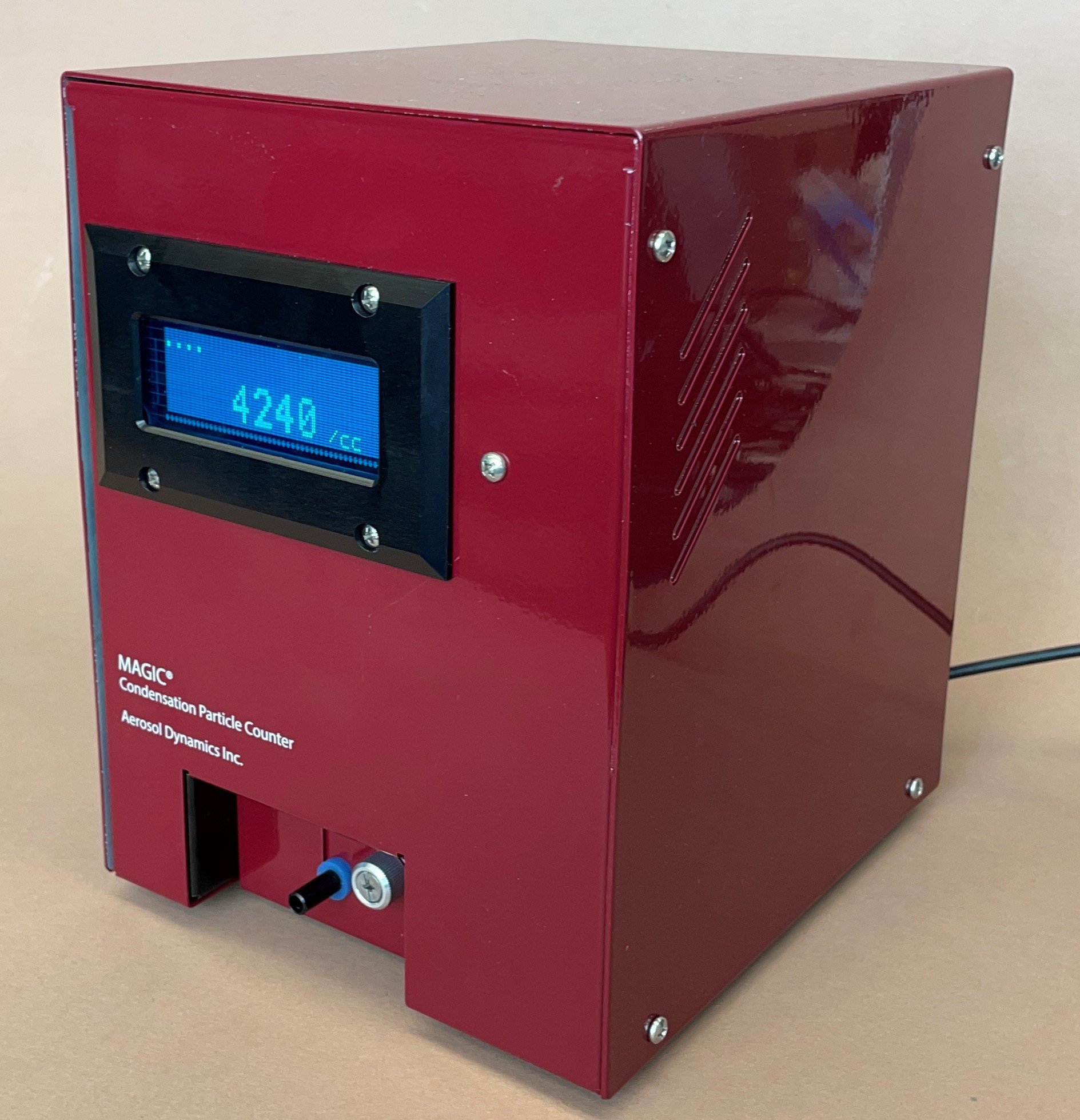Specializing in the measurement of airborne particles
Founded in 1991, we are a small R&D company specializing in the measurement of airborne particles. These particles comprise the visual haze in the atmosphere, and are important to human health and global climate. Aerosol instruments developed by our firm are used for atmospheric research, routine monitoring, epidemiology studies and global climate research.



